How static motor testing can support preventative maintenance
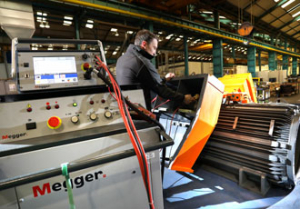
One of the most common causes of electric motor failure is bearing issues, responsible for around 51% of failures. This is followed by electrical insulation faults, which are responsible for up to 30% of failures. But, while predictive maintenance techniques, such as vibration analysis, are often used to analyse the motor’s health, in comparison little is done to detect signs of insulation deterioration and failure. Here Chris Robson, Sales Director of Houghton International, discusses the importance of static motor testing for assessing the full condition of motors.
The problems caused by insulation deterioration can be just as serious as those caused by worn bearings or overheating. As a result, it is just as important to assess the dielectric properties of the insulation to identify and predict early signs of insulation degradation prior to catastrophic failure.
To do that, engineers can use dielectric testing, a non-intrusive condition monitoring technique, which can be carried out as part of an inspection or planned overhaul. These tests are designed to assess the condition of a motor’s windings and to diagnose and predict any early signs of deterioration and aging. As a result, these tests allow operators to schedule repairs ahead of a failure, which can often be very costly and result in unplanned downtime.
Static motor testing
To check the motor’s insulation system and give an overall picture of its health, static or offline testing is a good option. This is performed while the motor is not running and can be executed on site or in a specialised electric motor repair facility. These tests are routinely carried out to determine the integrity of the windings and demonstrate that a motor is correctly wound and insulated.
On-site testing is routinely implemented once or twice a year or during scheduled outages. Recommendations on how often tests are undertaken are based on a range of factors such as criticality, past history, size, repair costs, availability of spares, daily starts and stops, and ease of access, amongst others.
At Houghton International, we use a Baker DX series and 40kV power pack PP40 tester to apply a wide set of offline electrical tests to assess the condition of motors and coil windings.
The Baker DX can find early indications of insulation weakness and faults in windings, between phases, coil-to-coil and in groundwall insulation. The tests can identify if contamination is impacting insulation strength, as well as detect problems with connections such as feed cable insulation weakness, motor imbalances, open or high resistance. We also offer periodic offline testing and trending of the motor’s insulation systems, on site or in our workshop, to give an overall picture of motor insulation health.
A complete diagnosis of the insulation system also includes a winding resistance test, an IR meg-ohm test, a polarisation test, a step-voltage or high potential test, and a surge test - all carried out using the Baker Tester. For higher voltage motors, 6kV and above, partial discharge testing can also be used to provide a wider picture of the asset’s health.
Partial discharge
High voltage equipment often suffers from partial discharge activity, where localised corona or breakdown discharge can damage insulation, leading to progressive degradation and eventual insulation breakdown. This type of issue would not be detected using standard diagnostic tests and it is even possible for a motor to appear healthy while having high levels of partial discharge. Compared with other dielectric tests, the differentiating character of partial discharge measurements allows localised weak and aged points of the insulation to be identified.
Partial discharge testing and monitoring is particularly important when the asset is critical to the operation of a network; this may be due to the asset’s age, past failures or the financial consequences of a failure. Partial discharge measurements based on IEC 60034-27 standards can be performed on motors and generators either online, during regular load service operation, or offline.
All tests should be carried out in accordance with appropriate standards such as IEEE, IEC and EASA standard AR100-2105, which outlines recommended practices for the repair and therefore the testing of rotating electrical apparatus.
Static motor testing enables machinery operators and plant owners to get a full picture of the motor’s health and to make informed decisions about their equipment’s future. Successful testing requires high quality, calibrated equipment and highly trained and competent engineers to provide quality results and reduce the downtime of the assets.
Houghton International provides a wide range of online and offline motor testing options, including dielectric and partial discharge testing, at your premises or in our repair workshop.
Similar articles
More from Houghton International
- Don’t put maintenance on the backburner 13th May 2021
- How static motor testing can support preventative maintenance 24th March 2021
- Newcastle engineering business celebrates record year 21st March 2019
- The financial impact of machine down-time on UK industry 12th February 2019

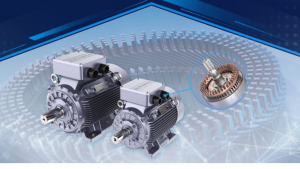
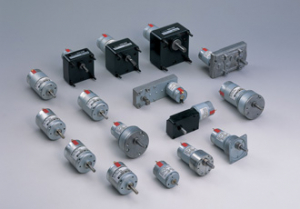
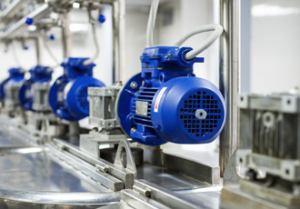

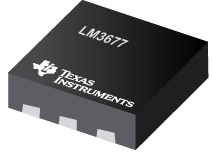




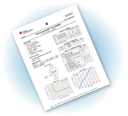

Write a comment
No comments